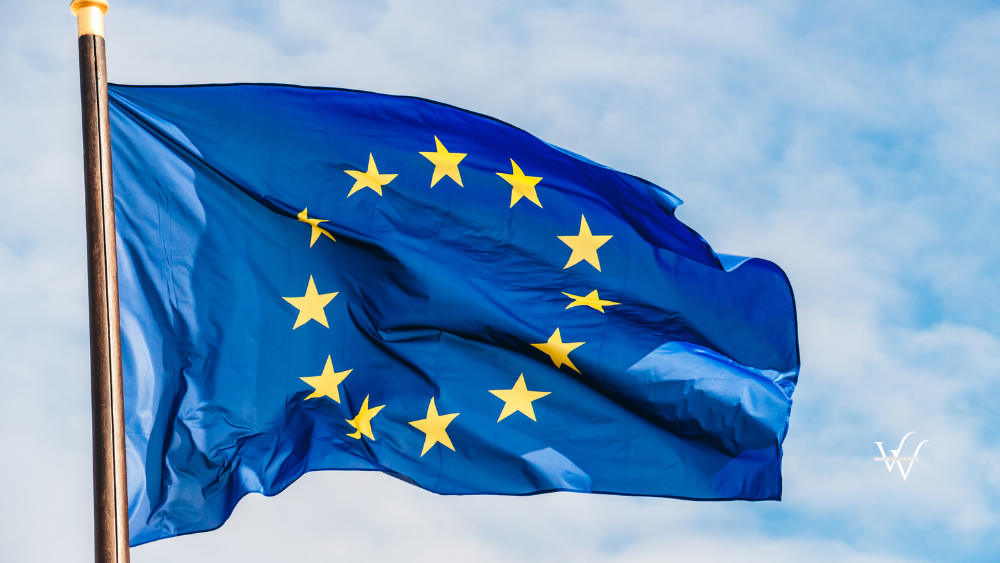The international landscape of public funding for the wine sector remains diverse, with Europe maintaining the highest absolute levels of direct support while other major producers pursue competitive or tax-based aid models.
According to a detailed report published by Vinetur on October 23, public financial support for the global wine industry continues to play a key role in market stability, modernization, and export competitiveness, even amid economic and climatic challenges.
European Union: Stability Through the Common Agricultural Policy
Within the European Union, aid to the wine sector is governed by the Common Agricultural Policy (CAP) through National Support Programs integrated into each member state’s Strategic Plan. The EU allocates approximately EUR 1.061 billion annually to wine-related measures — a figure that remains stable in 2025.
Italy, France, and Spain together account for 79% of total EU wine support, primarily focused on:
- Vineyard restructuring and conversion (≈50%)
- Winery investment (22%)
- Foreign market promotion (18%)
Other programs include distillation of by-products, crop insurance, and innovation grants. At least 5% of total CAP funding must now be directed toward environmental objectives, aligning with the EU’s Green Deal priorities.
France: Continued Emergency Aid Amid Market Imbalances
France maintains an annual wine budget of EUR 270–280 million, primarily funded by the CAP and managed by FranceAgriMer.
In response to domestic oversupply and declining consumption, the government introduced additional measures:
- EUR 80 million in emergency aid
- EUR 150 million for vine grubbing incentives
- EUR 200 million for crisis distillation
While the base budget remains stable for 2025, authorities have not ruled out further extraordinary support should surpluses persist.
Italy: Largest Beneficiary of EU Wine Funding
Italy continues to receive the largest CAP allocation, averaging EUR 320–324 million per year.
Key components include:
- EUR 144 million for vineyard restructuring and conversion
- EUR 98 million for international promotion
- EUR 58 million for winery investment
- EUR 19 million for by-product distillation
- EUR 5 million for green harvesting
Despite minor adjustments since 2019, Italy’s overall funding remains stable, with increasing emphasis on market diversification beyond China.
Spain: Administrative Challenges but Steady Support
Spain’s wine sector is financed with EUR 202 million annually for the 2024–2027 period, distributed as follows:
- 30% vineyard restructuring and conversion (MEUR 60)
- 27.5% promotion in third countries (MEUR 56)
- 27.5% winery investment (MEUR 56)
- 15% by-product distillation (MEUR 30)
While the budget remains consistent through 2026, administrative delays have historically led to underutilization of funds — an issue the government aims to resolve in upcoming cycles.
Germany and Portugal: Focus on Sustainability and Full Utilization
Germany’s annual wine budget of EUR 37.4 million focuses on sustainable vineyard restructuring and winery modernization, alongside limited crop insurance and export promotion.
Portugal, receiving EUR 65–66 million annually, is among the most efficient users of CAP funds, routinely utilizing 100% of its allocation. In 2023, it secured EUR 15 million in additional crisis aid, and national credit lines have been introduced to assist wineries with liquidity.
Beyond Europe: Varied Models of Support
Outside Europe, public funding mechanisms differ significantly:
- United States: Support is fragmented across federal and state programs, including the Market Access Program (USD 570 million annual budget), specialty crop subsidies, and tax incentives. Wine alone is estimated to benefit from USD 15 million in export aid and USD 150 million in annual tax savings.
- Chile: The INDAP and ProChile agencies provide technical and promotional aid worth over CLP 1.52 billion (USD 1.7 million), focusing on small producers.
- Argentina: Relies on credit lines (ARS 300 million in 2024), preferential exchange rates (“Wine Dollar”), and COVIAR, which manages ARS 1.5 billion in 2025 through sector contributions.
- China: Prioritizes regional development, with Ningxia leading public-private investments of CNY 30 billion by 2030 for vineyards, wineries, and tourism infrastructure.
- South Africa: Combines mandatory levies (ZAR 150–200 million annually) with a new EUR 15 million EU fund supporting Black-owned wine businesses and social transformation projects.
- Australia: Maintains competitive funding through Wine Australia, with AUD 20–25 million annually for R&D and AUD 10 million for cellar-door tourism grants, supported by federal co-financing.
Outlook: Continuity with Selective Innovation
The Vinetur report concludes that Europe remains the global leader in direct public funding, ensuring structural stability and sustainability. Conversely, the United States and Australia emphasize competitiveness through tax-based and innovation-driven models, while Latin America and Asia focus on regional investment and support for small producers.
For 2025, most national budgets are expected to remain stable, with targeted increases anticipated only in response to specific crises or new international initiatives promoting social inclusion and environmental sustainability.
Source: Vinetur

